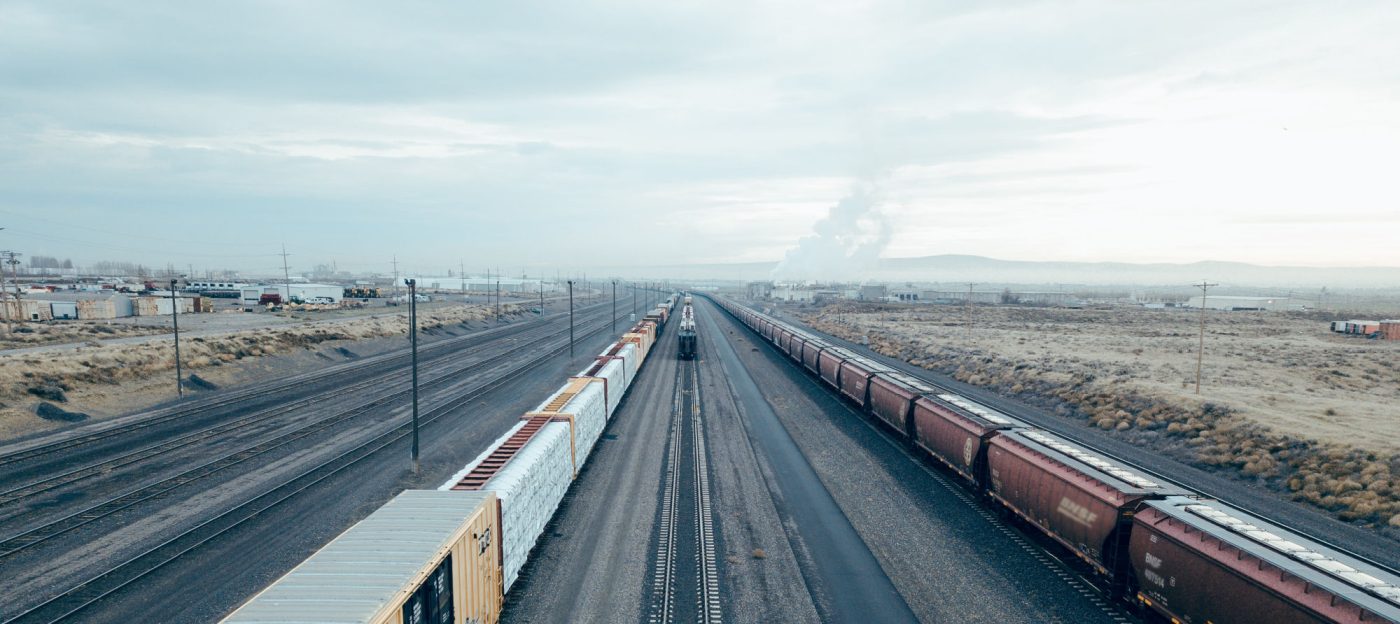Russia’s Eurasian economic ambitions took a hit in early June when China unveiled a new transportation corridor, marked by the arrival in the Uzbek capital, Tashkent, of a rail cargo of 230 tons of electrical appliances worth $2.6m. For centuries, lack of connectivity in Central Asia has served Kremlin objectives. Highways, railroads, and pipelines were directed northwards. Other routes were neglected. Breaking this geographical prison would be tantamount to decreasing Russian influence.
Conversely, new east-west transport links allow China to involve itself deeper into the region’s economics and politics — and particularly to build ties with the regional heavyweight and powerbroker, Uzbekistan. China already took over Russia’s position as Uzbekistan’s top economic partner. The country is also the first state in the region to grant Chinese nationals a 10-day visa-free entry. But much still could be done on top of the $20 billion worth of agreements signed in May 2017.
The new corridor is some 295km (180 miles) shorter than the existing route via Russia and Kazakhstan, which will now carry 10-15% less Chinese freight. It also cuts five days off the previous 15 days that it took shipments to reach Europe from western China.
In the future, Chinese shippers may have other options too. One is to send goods via the Turkmenistan and Afghanistan route to reach Iran, then Turkey and the Mediterranean. China and Iran are negotiating a sweeping trade and economic cooperation treaty. If insecurity in Afghanistan and the opaqueness of Turkmenistan preclude this option, an alternative route runs across the Caspian to Azerbaijan, Georgia, and the Black Sea.
Improved infrastructure in Central Asia and increased freight from China will also boost the fragile South Caucasus transport and energy corridor, which has struggled to compete against the existing mammoth trade routes between Asia and Europe.
The reinvigoration of Trans-Caspian shipping would be welcome from both a regional and Western geostrategic viewpoint. Port infrastructure, particularly on the Azerbaijani side, has improved significantly in recent years. The expansion of the port of Baku is currently taking place, while the creation of a new one in Alat has been recently announced. The dormant Trans-Caspian Pipeline (TCP), promoted by the West to break Russia’s grip on gas exports to Europe from Central Asia, could gain new impetus.
Greater attention to the Black Sea port infrastructure will be needed too, including the construction in Georgia of the Anaklia deep-water port and the expansion of the Batumi and Poti terminals.
Much else remains to be done too, notably in Kyrgyzstan, where the Chinese cargo has to be shipped by road. For decades, China has negotiated with governments in Bishkek about the construction of this leg of the railway. Nearly the entire 400km (249 miles) of the Kyrgyz section remains to be built. The mountainous landscape, general instability, economic difficulties, and Kyrgyz nationalistic sentiment have contributed to the delays, as has quiet Russian opposition.
But the big picture is clear. Central Asia is gradually opening up, thanks to — and to the benefit of — China. Russian rhetoric will continue portraying this as positive. The story on the ground is different.
Emil Avdaliani is a political analyst of Russia and the wider Eurasian region with a Ph.D. in history. He lectures at Tbilisi State University and Ilia State University in Georgia.




